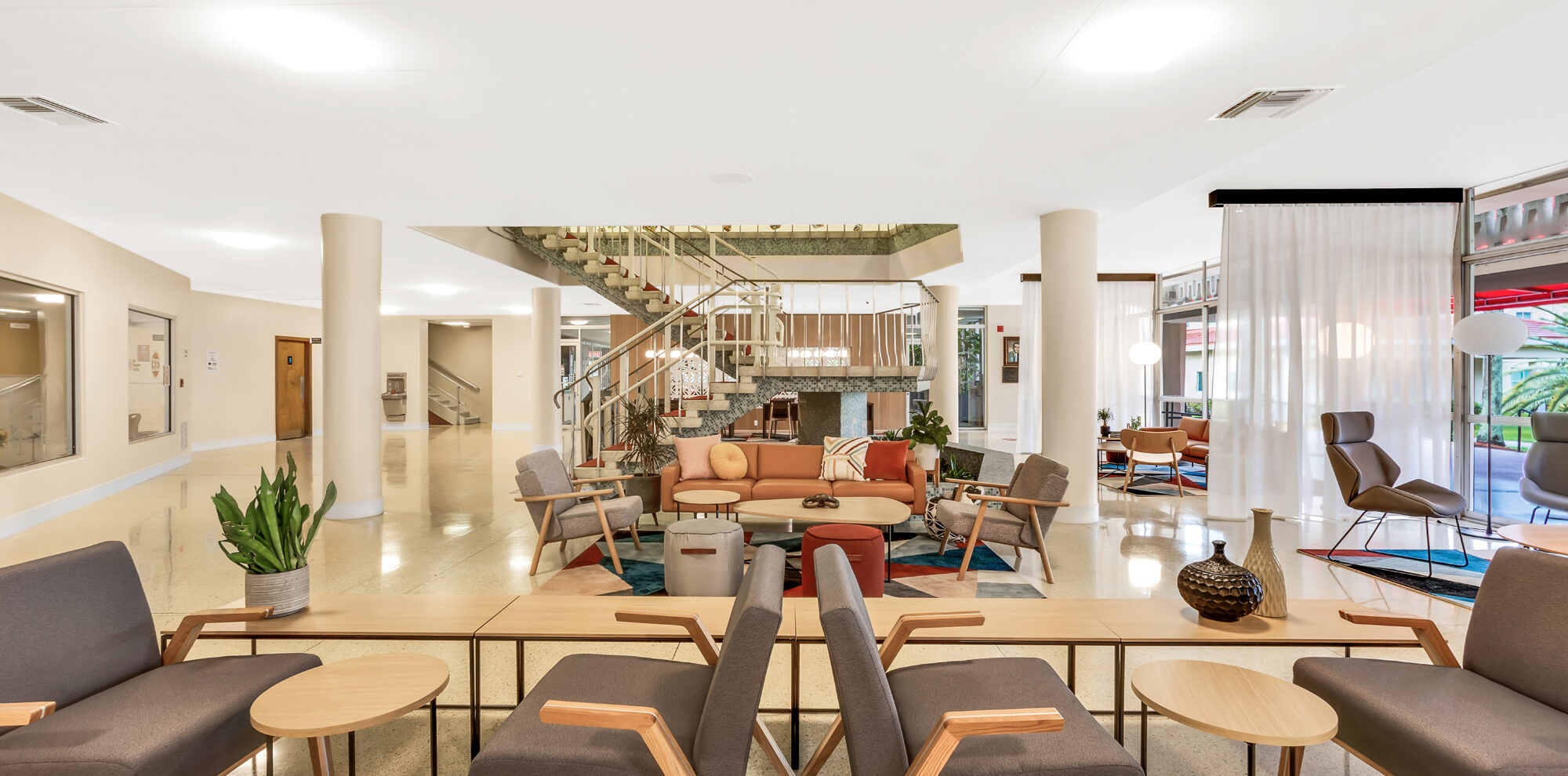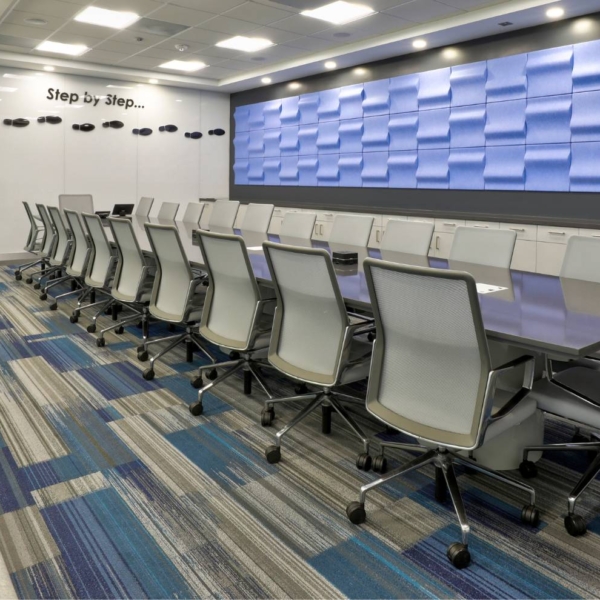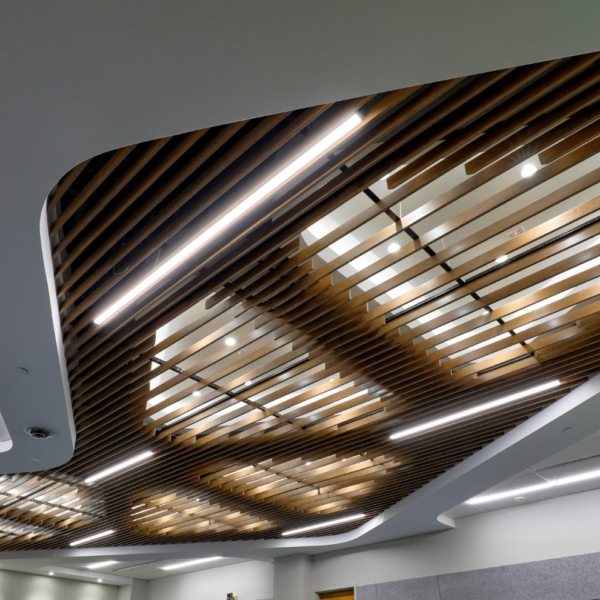
BLOG
READ ALL ABOUT IT!


When to Consider Renovation or Expansion in Commercial Retail Construction?


What to Expect When Working with a Healthcare Construction Company?


What to Expect in Terms of Project Management from a Construction Company in Miami Florida?


How to Select the Right Commercial General Contractor for Your Needs in Miami?


How to Choose the Right Commercial Office Construction Contractor for Your Needs?


Why Choose a Commercial Construction Company for Your Project?


Why Insurance Is a Must-Have for Construction Contractors in Miami?


When is the Best Time To Request Bids from Construction Contractors Miami?


Where to Start When Planning a Project with a Commercial General Contractor Miami?

WELCOME TO YOUR
NEW SPACE.
WE CAN HELP YOU MAKE IT HAPPEN.

